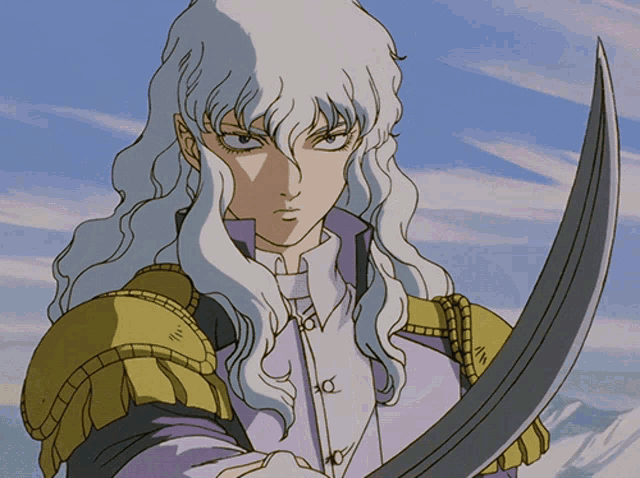Javascript Level Up - Part 1 - The Prototype Chain
Remember when I said that I would update this blog once every 2 weeks?
I hope not because as you may notice the last post was almost a year ago. Whoops.
Well worry not because I will be closing this year with a bang. A series of posts about knowledge all Javascript devs should have but that I unfortunately see lacking all too often. Hopefully this will make up for my lack of posts, nobody warned me how little free time you have when you have an infant (actually, pretty much everybody warned me about this but I thought they were exaggerating.. Turns out they weren't).
Enough yammering, let's get started!
The Prototype Chain
Lets take a look at some code.
const hero = {
name: 'Guts',
weapon: 'Greatsword',
swing: function() { console.log(`${this.name} swings a ${this.weapon}`) }
}
hero.swing()
Pretty straight forward, we create an object that has 2 properties: name and weapon. It also has
a method called swing that logs the fact that they swing their weapon to the console.
And when we then call the method we get our little message printed to the console (try pasting the code into
the browsers console if you want to test without whipping out your code editor).
"Guts swings a Greatsword"

Working as expected right? Nothing strange at all about that I would say. Now what happens if we try to call hero.roar() on our hero object? We get an error that .roar() is not a function. Still I would say that it is exactly as we expected since we never created it.
Now how about we call hero.toString()? Hmm strange, that returns an object, even though we never created a toString method for our object. And that is due to...
Prototypal inheritance
A prototype in Javascript in like a blueprint that your object will inherit from. Let's keep on with our hero example and let's create an object that inherits from our Hero object.
const villain = Object.create(hero)
Now if we type villain in our browser console we see that it is an empty object. What happens if we try to call .swing() on our villain object?
It logs: "Guts swings a Greatsword"
But how does that work when our villain object was just an empty object? It's because we are inhereting from our prototype the hero object. Try typing villain.__proto__ into the browsers console. It returns the hero object with name, weapon and the swing method.
But our villain is not guts, let's change that.
villain.name = 'Griffith'
villain.weapon = 'Saber'
and we run villain.swing() and..
"Griffith swings a Saber"

Now if we enter our villain object into the console we get {name: "Griffith", weapon: "Saber"} and we know that we get the Swing method from the hero object we inhereted from. But let try typing villain.__proto__ again.
It's still our hero object, the name is still Guts and the weapon is still Greatsword but we logged that Griffith was swinging his saber which brings us to..
Climbing the prototype chain
The way Javascript works is that when you call a function or try to get a property from an object it will start climbing the prototype chain. In the case of villain.name it will enter our villain object, find name and use that. Which is why swing() uses the name from villain once we added it instead of the name from hero that was in the prototype which it inherits from.
Now when we call .swing() on our villain object it will check villain, find nothing there then climb the prototype chain to hero where it fill find the method swing() and use that.
Great, glad we solved where those two come from, but we still haven't answered one question. Where did .toString() come from and why does that work on our hero and our villain object?
See every object in Javascript has a standard object prototype which contains things like .toString() , .hasOwnProperty() etc so everytime you create an object using squigly brackets you automatically get these methods. In our case it will:
- Enter into villain, find nothing and climb up the prototype chain to hero.
- Enter into hero, find nothing and climb up the prototype chain to Object.
- Enter into Object, find .toString() and call it.
But what happens if we try to get a property that does not exist, like .helloWorld? Once again we will climb the chain, untill we get to the top. If nothing was found, it means that the property has not been defined and we get the source of nightmares for many Javascript devs Undefined.
Hope you liked this post and that you learned something! If you have any questions or opinions you can contact me through LinkedIn or Email (both available in the footer) Stay tuned for Part 2 of the Javascript Level Up series! (It will not take another year I promise)